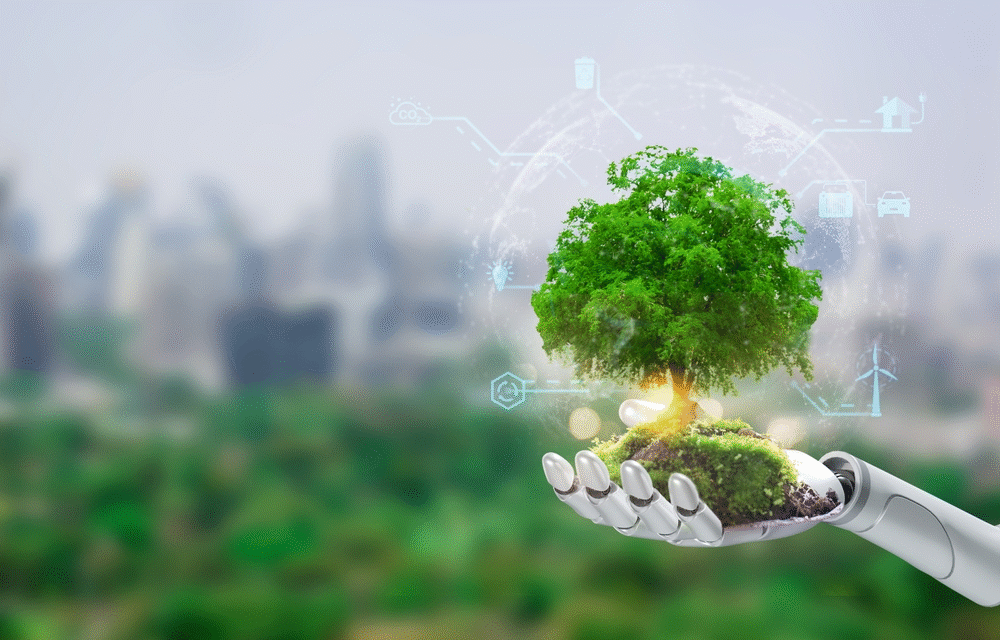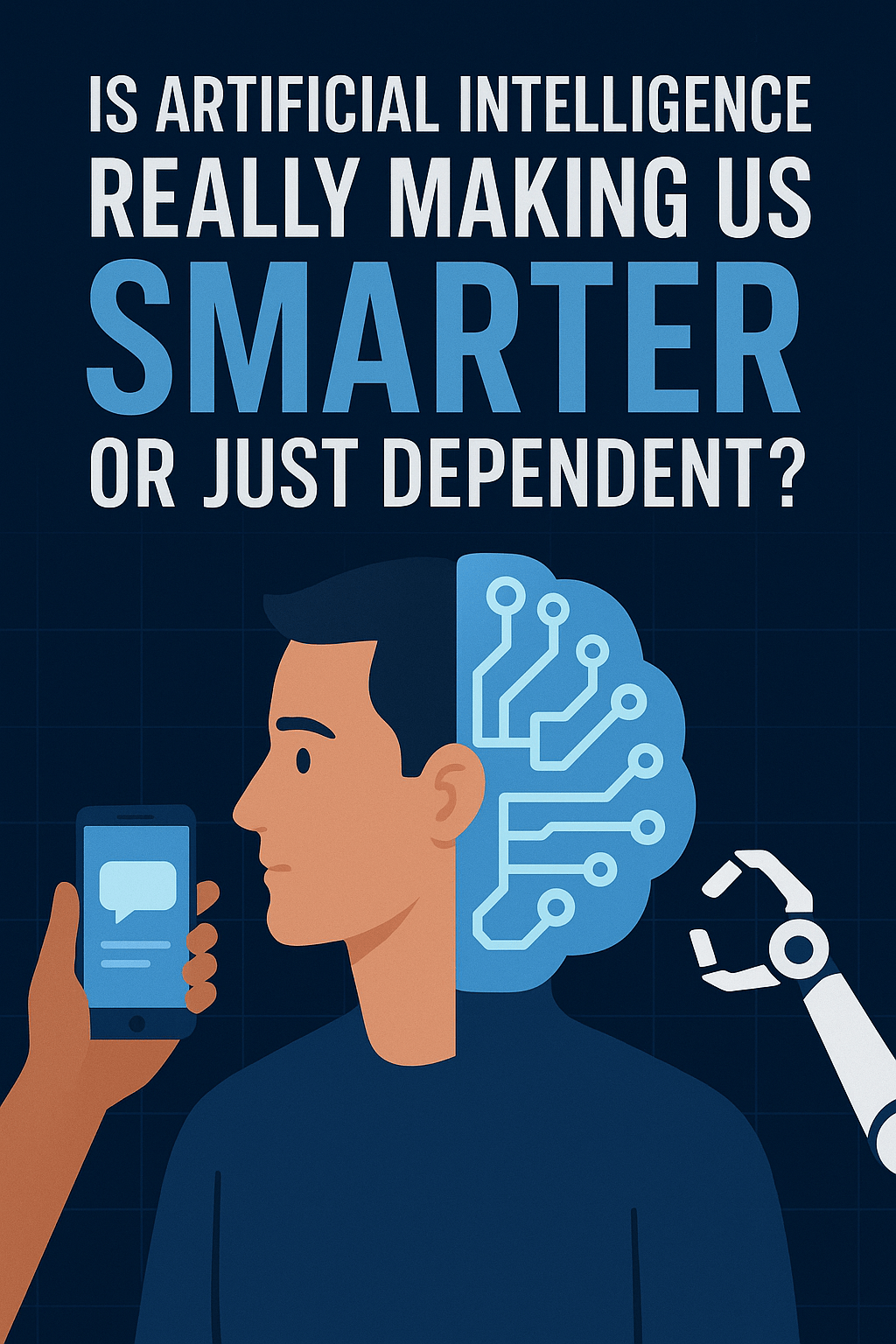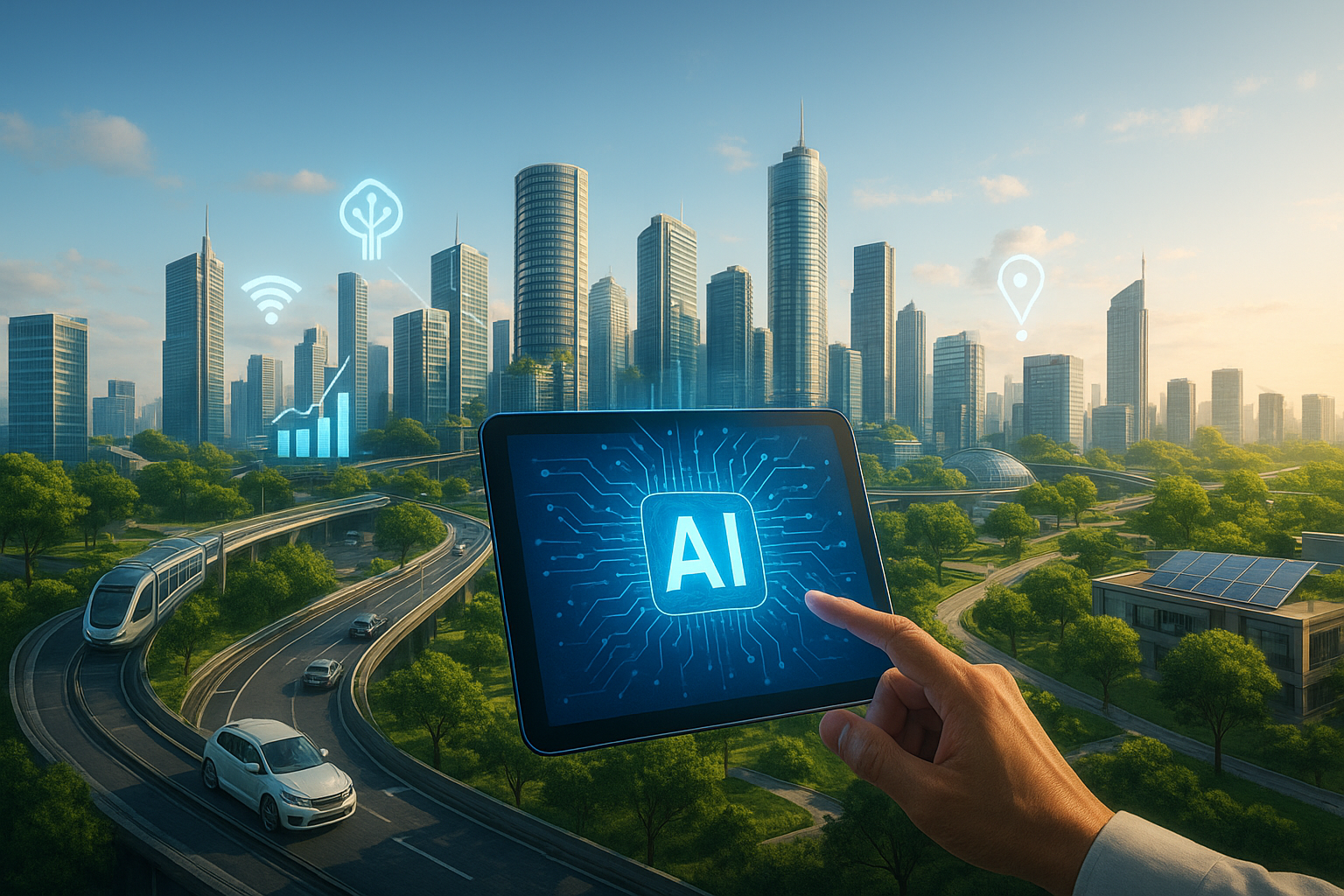As the world grapples with climate change and environmental challenges, Canada has taken a bold stance on sustainability. With a commitment to reducing carbon emissions, conserving natural resources, and advancing green technologies, the country is making strides toward a sustainable future. But there’s a game-changing technology that’s driving Canada’s sustainability efforts even further—Artificial Intelligence (AI).
AI, often associated with automation, smart technologies, and data processing, is now emerging as a critical tool for environmental preservation. In Canada, AI is being harnessed to improve efficiency across industries, optimize resource use, and reduce environmental impact. From managing renewable energy to enhancing agriculture and tackling waste, AI is helping Canada achieve its ambitious sustainability goals.
In this blog, we’ll explore how AI is driving Canada’s sustainability revolution and why it is a key player in the country’s green transformation.
AI in Renewable Energy: A Smarter Approach to Clean Power
Canada is blessed with an abundance of renewable energy resources, particularly hydroelectric power, wind, and solar energy. However, harnessing the full potential of these resources and distributing them efficiently across the country is a complex challenge. That’s where AI steps in.
AI is playing a critical role in improving the efficiency and scalability of Canada’s renewable energy sector. For example, AI-powered algorithms are being used to predict energy generation from renewable sources like wind and solar. By analyzing weather patterns, historical data, and real-time conditions, AI systems can predict the output of wind farms and solar panels with greater accuracy, helping grid operators better match energy supply with demand.
A Canadian company called Sierra Wireless is already making waves in this space. By using AI-powered predictive maintenance technology, the company helps optimize the performance of wind turbines. With AI, wind turbines can be monitored in real-time for potential issues, reducing downtime and ensuring that turbines operate at their peak performance, which directly contributes to a greener, more efficient energy grid.
Additionally, smart grids powered by AI are becoming an essential part of Canada’s energy infrastructure. These grids use real-time data and machine learning to optimize energy distribution, ensuring that renewable energy is maximized while reducing waste. As Canada continues to scale up its renewable energy generation, AI will be the backbone of a smarter, more sustainable energy network.
AI in Agriculture: Feeding the World Sustainably
Agriculture is a key pillar of Canada’s economy, but farming practices can have significant environmental consequences, especially in terms of water use, fertilizer application, and pesticide use. As the global population grows, sustainable farming practices are becoming more essential than ever. AI is offering solutions to ensure that Canada’s agricultural sector can feed the world while minimizing its environmental impact.
One Canadian company, Resson, based in New Brunswick, is revolutionizing agriculture with the help of AI. By using machine learning algorithms and drone technology, Resson analyzes satellite images and field data to detect crop diseases, monitor soil health, and optimize resource use. This allows farmers to make data-driven decisions, such as adjusting irrigation schedules and reducing pesticide use, all of which contribute to a more sustainable farming model.
Another Canadian startup, Semios, is using AI and sensors to optimize pest management in agriculture. Semios’ technology helps farmers monitor pests in real-time, reducing the need for harmful chemical pesticides. This not only reduces environmental pollution but also improves the overall health of the ecosystem.
AI is also helping Canadian farmers save water and energy. By using machine learning to predict when crops need irrigation, farmers can avoid over-watering, which is a significant issue in drought-prone areas. As Canada’s agricultural industry embraces AI, it becomes more efficient, sustainable, and capable of meeting the food demands of a growing population.
AI in Climate Monitoring: Protecting Canada’s Ecosystems
Canada is home to some of the world’s most diverse and fragile ecosystems, from vast forests to Arctic tundras. Preserving these ecosystems from the effects of climate change requires innovative monitoring and intervention strategies. AI is playing an increasingly important role in this area by helping scientists monitor and protect Canada’s natural resources.
AI-powered systems are now being used to monitor forest health, track wildlife populations, and predict the impacts of climate change on ecosystems. For example, researchers at the University of British Columbia are using AI to analyze satellite imagery and predict where forest fires are likely to occur. This early warning system allows authorities to take preventive measures to protect forests and communities, reducing the economic and environmental impact of wildfires.
In addition to wildfire prevention, AI is helping monitor biodiversity in Canada’s national parks and protected areas. Drones and AI-powered cameras are being deployed to track animal populations and detect any signs of distress or habitat degradation. This data helps conservationists take immediate action to protect endangered species and their habitats.
Moreover, AI is enabling real-time tracking of environmental pollutants. For example, AI models are being used to monitor air and water quality, ensuring that Canadian cities and industries meet environmental standards. By detecting pollution levels early, AI enables timely interventions to minimize damage to both the environment and public health.
AI in Waste Management: Reducing, Reusing, Recycling
Waste management is a pressing issue in Canada, especially in major cities where landfills are filling up and recycling rates need improvement. AI is providing innovative solutions to reduce waste, optimize recycling, and create a more sustainable waste management system.
Compology, a Canadian company, uses AI-powered sensors and data analytics to optimize waste collection. By installing smart sensors in waste bins, Compology monitors how full the bins are and uses this data to optimize pickup schedules and routes. This reduces the number of trucks on the road, cutting down on fuel consumption and greenhouse gas emissions, while also ensuring waste is collected more efficiently.
Recycling is another area where AI is making a difference. Sortech, based in Toronto, uses computer vision and machine learning algorithms to sort recyclables more effectively. AI systems can distinguish between different materials, such as plastics, metals, and paper, improving the quality of recycling streams and reducing contamination. With better sorting, more materials can be recycled, reducing the amount of waste that ends up in landfills.
AI is also being used to support the circular economy by tracking the lifecycle of products and materials. By analyzing data from across the supply chain, AI helps companies optimize product design and materials sourcing to reduce waste and improve sustainability.
AI in Transportation: Driving Towards a Greener Future
Transportation is one of the largest contributors to carbon emissions in Canada. However, AI is helping the country reduce its carbon footprint by improving the efficiency of transportation systems and promoting greener alternatives.
In cities like Toronto, AI-powered traffic management systems are helping reduce congestion and lower emissions. By analyzing real-time traffic data, AI can optimize traffic lights, adjust public transit schedules, and suggest alternative routes for drivers, ultimately reducing fuel consumption and emissions.
Autonomous vehicles (AVs) are also poised to play a significant role in Canada’s sustainability efforts. Canadian companies like Clearpath Robotics are developing self-driving vehicles that can reduce the number of fossil fuel-powered trucks on the road. These autonomous electric vehicles are more energy-efficient, contributing to a cleaner, greener transportation system.
Additionally, AI is improving public transit systems by predicting ridership patterns and optimizing routes and schedules. This ensures that public transportation is more efficient and accessible, reducing the reliance on cars and cutting down on emissions.
Canada’s Green AI Future
AI is already helping Canada make significant strides toward its sustainability goals, but the potential for future growth is immense. As AI technologies evolve, we can expect even more breakthroughs that will drive Canada’s green transformation. From advanced AI models that predict environmental changes to innovative new systems for energy, agriculture, and waste management, the future is bright for AI-powered sustainability in Canada.
Canada is positioning itself as a leader in sustainable innovation, and AI will play an essential role in this journey. By leveraging cutting-edge technologies, Canada is not only meeting its sustainability targets but also setting an example for other nations to follow. With AI driving smarter decisions, more efficient resource use, and reduced environmental impact, the country is well on its way to a greener, more sustainable future.










